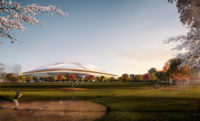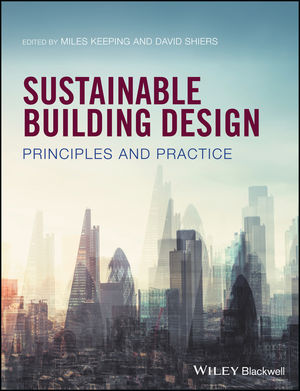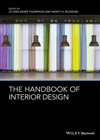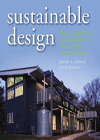After nearly three years of fierce criticism, revisions, budget cuts, and soaring costs, plans for a Zaha Hadid-designed Olympic stadium in Tokyo—an 80,000-seat stingray-like arena set to rise 20 stories in the city’s heart—has been cancelled.

Japanese Prime Minister Shinzo Abe today announced, following a meeting with the chairman of the Tokyo 2020 Olympic committee, that plans for the $2 billion stadium will “start over from zero.”
Hadid’s scheme won an international competition to design the stadium, which was scheduled to be completed in time to host the Rugby World Cup in 2019, and the Tokyo Olympic Games in 2020.
A jury led by Prizker Prize-winning architect Tadao Ando selected Hadid’s proposal in November 2012, noting, “The entry’s dynamic and futuristic design embodies the messages Japan would like to convey to the rest of the world.”
Not so for the Japanese. Both architects and the public felt Hadid’s design was far too expensive and far too large for the site. To make way for the new stadium, the Kasumigaoka National Stadium, the Mitsuo Katayama-designed sports center used for the 1964 Olympic games, would be demolished later this year. It would also encroach upon Tokyo’s beloved Meiji Shrine Outer Gardens.
Architects including Fumihiko Maki, Sou Fujimoto, Toyo Ito, and Kengo Kuma lobbied to nix the plan, organizing a symposium and an online petition, which as of Friday, had more than 83,000 supporters. Arata Isozaki slammed the design in a statement last year, comparing it to “a turtle waiting for Japan to sink so that it can swim away” and “a gigantic white elephant.”
Hadid fired back. “I understand it’s their town. But they’re hypocrites because if they are against the idea of doing a stadium on that site, I don’t think they should have entered the competition,” she told Dezeen in December. (Ito was one of 11 finalists for the stadium).
In a statement released today, Hadid’s office defended the project, and blamed Japan’s high rate of inflation for the stadium’s outsize price tag: “It is not the case that the recently reported cost increases are due to the design, which uses standard materials and techniques well within the capability of Japanese contractors and meets the budget set by the Japan Sports council,” the statement read.
A spokesperson from Hadid’s office noted in an email that construction costs have increased 11 percent from 2013 to 2014 alone, and are forecasted to rise through 2019, projections that will “add a very significant percentage to the cost of any project in Tokyo planned and built during that period—irrelevant of its design, building type, or construction method.”
Watch a video of the original stadium proposal below:
Japan New National Stadium from Zaha Hadid Architects on Vimeo.





Post a comment to this article
Report Abusive Comment